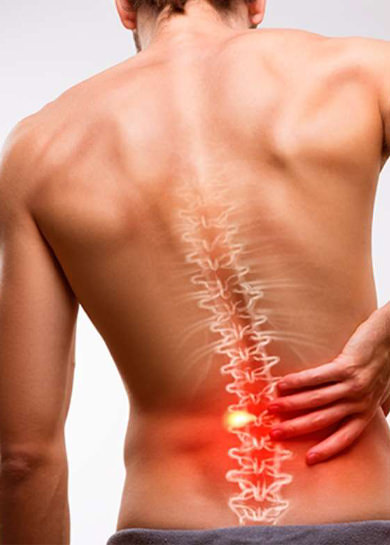What is Ankylosing Spondylitis (Spondyloarthritis)?
The exact medical term for the disease commonly known as "inflammatory low back rheumatism" or "spinal inflammation" in the public is "spinal rheumatism". The disease occurs with the inflammation of the spine, the region from the neck to the lower back, and the places where the muscles, which we define as appendages, are attached to the bones.
The term "ankylosis" in medical language refers more to the fusion and adhesion of bones. However, this does not occur in every ankylosing spondylitis patient. In terms of ratio, this adverse situation can be seen in almost 1 in every 5 patients. Ankylosing spondylitis first begins in the sacroiliac joint, which is known as the lower back, that is, the region where the pelvic bone and the tailbone meet.
Epidemiology of the Disease
The incidence ranges between 0.5-1 percent in the world and in Turkey. Roughly speaking, the disease occurs in about 1 in every 100-150 people. The disease is 3 times more common in men than in women. Unfortunately, the disease most often occurs in young people and at young ages. The age group in which the disease is most dense is between 16 and 40 years old. Involvement of the joints in ankylosing spondylitis has a symmetrical appearance.
The disease is a genetic disease and the HLA B27 gene is positive in more than 80% of patients, and this gene is at the center of the disease. It is claimed that the immune system, which is responsible for protecting the body due to this gene, attacks the joints and spine.
Experts do not put every HLA B27 positive person into this category. It is found in healthy people at a rate of 7-10% who are healthy and positive for this gene. It may be a more accurate observation to say that the disease occurs in genetically predisposed individuals with the influence of environmental factors.
In this genetically characterized disease, it is not the case that every first-degree relative of an ankylosing spondylitis patient gets this disease. Experts on the subject have identified this probability as 10-20%. However, despite everything, the disease can occur almost 10 times more in first-degree relatives of ankylosing spondylitis patients compared to other people. For this reason, the relatives of individuals with this disease should not ignore this risk.
Symptoms of the Disease
*This insidious inflammatory disease can cause stiffness, pain and loss of function in the spine, especially affecting the spinal joints.
*The symptoms of the disease may not be the same in every patient, and may follow a different course.
*Although ankylosing spondylitis can occur in the late adolescence, it can also be seen in early adulthood. Although the age of onset varies from country to country, the average age is 23, especially in Western societies.
*In 5 out of every 100 patients, symptoms progress insidiously until the age of 40 and manifest themselves at these ages.
What are the complications of Ankylosing Spondylitis?
*The development and severity of the disease may vary from patient to patient. In this respect, it has the nature of a personalized disease.
*The most common complication of ankylosing spondylitis is eye inflammation called uveitis. In this rapidly developing complication, one eye is usually affected. Sensitivity to light increases, causing blurred vision.
*Unfortunately, some patients may lose flexibility in the spine. As a result, people may experience difficulties in moving their head and body freely, leading to hunchback.
*Skin problems such as psoriasis may occur with the disease.
*Due to inflammation of the intestines in ankylosing spondylitis patients, Ulcerative colitis and Crohn's disease may occur.
*With the inflammation that occurs in the spine with the disease and the subsequent decrease in mobility, the mineral density in the bones decreases, causing collapse fractures in the spine. As a result, problems such as hunchback occur with postural deformity.
*Shortness of breath may occur with decreased lung capacity.
*Although rare, some heart problems and kidney involvement can also occur in the disease.

